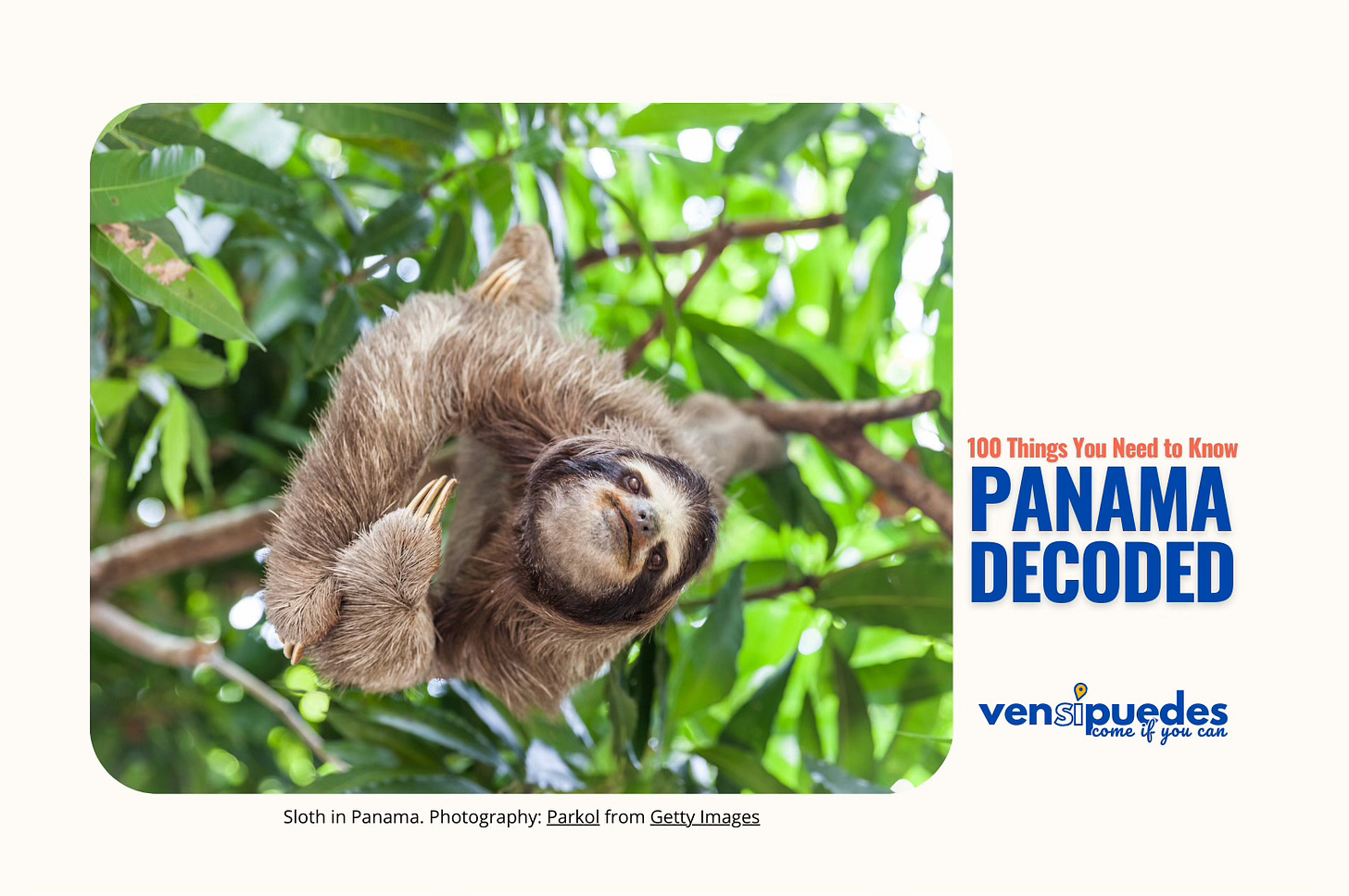Living with Panama's wildlife, coastline contrasts, and septic systems
Part 9 of the 100 Things series: Essential adaptation tips for Panama's tropical environment.
Environment & Weather
41. Coastline Contrasts
Panama's coastlines range from pristine, protected beaches to areas affected by ocean pollution. Even in Panama City, some beaches struggle with waste management issues. Conservation efforts are increasing, with beach cleanup volunteers working to restore natural beauty to affected areas.
42. Septic System Prevalence
Many properties rely on septic systems rather than municipal sewage connections. This includes homes in otherwise developed areas and even some apartment buildings. Regular maintenance becomes an important consideration for property owners and renters alike.
43. Mold and Mildew Battle
The high humidity levels create perfect conditions for mold and mildew growth. Closets, shoes, books, and even walls can develop fungal problems without proper ventilation. Reconsider bringing your leather furniture with you, as well as collections of hobby items involving paper or fabric. Dehumidifiers, moisture remover pellets, and regular cleaning become essential parts of household maintenance.
44. Tropical Wildlife Coexistence
Living in Panama means sharing space with frogs, lizards, insects, and other tropical creatures. Even in urban apartments, geckos on walls and the occasional frog in the bathroom are normal occurrences. Most of these creatures are harmless and even beneficial for controlling insect populations.
45. Earthquake Country
Panama experiences regular seismic activity, though major damaging earthquakes are relatively rare. Building codes in newer structures account for this reality with earthquake-resistant designs. Unlike many tropical destinations, Panama sits outside the hurricane belt, trading one natural hazard for another.




